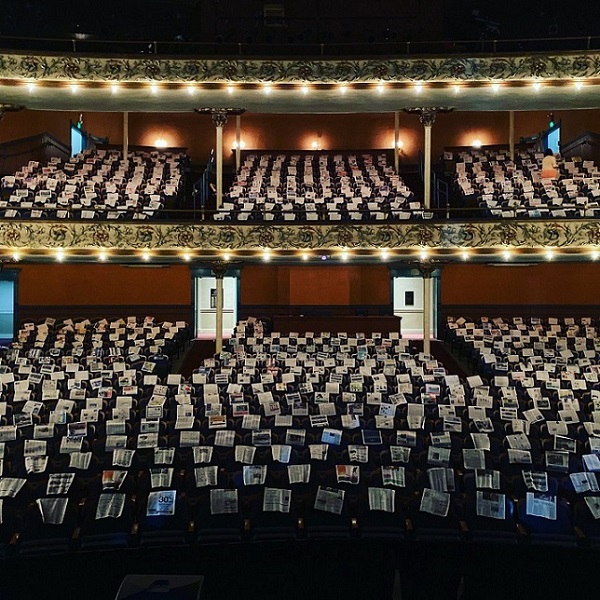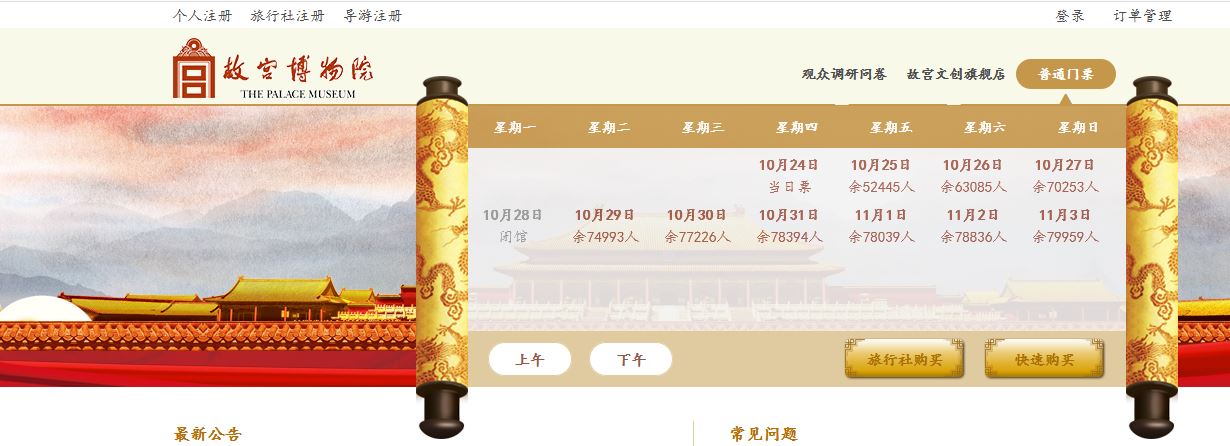Via a social post ArtsMidwest made, there is a museum management game coming out next year called Mondo Museum. Thinking back to all the posts Nina Simon had made on Museum 2.0 over the years, my first thoughts were that there was no way a game could really encompass all the ways in which a museum needs to work to become relevant to their community.
Then my misgivings started to move toward 10 on the dial when I read the following:
Success is quantified in two ways: money, which comes from ticket sales and gift shop revenue; and prestige, which is measured by visitor numbers and their experiences. These metrics feed each other: a prestigious museum will have high foot traffic, while a big-budget will give you more opportunities to please audiences.
Granted, the game designer wants Mondo Museum to have the widest appeal possible so these are terms which general players could best understand, but revenue and visitors are hardly the best measures of a museum’s real value.
My concerns began to dial back when I read there would be some nuance required in the curation of displays and that the designers were cognizant of some important conversations associated with museum collections.
Curating shows that draw meaningful connections between disparate collections—like a model of the solar system next to ancient Egyptian astronomical tools, the designer suggests—will earn you points.
[…]
Yet, by and large, the game is not about replicating the modern museum. Instead, it posits an alternative form of institution, one free from colonial histories, strict genre restraints, and underpaid labor.
In the world of Mondo, art is never purchased, and artifacts are never obtained through imperialism or theft; all historical objects live in institutions near to where they were created
In an interview in another article, the game creator commented:
…if anyone is brought in will likely be to review specific collections for cultural sensitivity issues we might have been oblivious to. For example, someone recently brought up the debates museums have around the subject of human remains when making exhibits about ancient burial practices and so on, which I hadn’t considered before. That kind of insight is really helpful (in our case, this helped me decide to only have mummified animals because a) they’re actually pretty cute while human mummies are pretty gross and b) a human mummy is kind of unnecessary since the real interesting artefact/art is the coffin and sarcophagus).
No video game is going to perfectly replicate all the considerations of running a museum. (I mean what museum can operate entirely on earned revenues, with a well-paid unionized staff, avoiding grant writing, fund raising galas and thorny ethical questions about accepting large donations?)
As the creator discovered, there aren’t actually any museum management games out there. The fact that the game encourages people to draw thematic connections between seemingly disparate topics in curating displays and requires you to source objects through exchanges with legitimate sources means it introduces people to some good processes and practices.




Santa Cruz Shakespeare has several tiers of benefits for donors/members. Some, like season-announcement parties, are open to several tiers. Some,…